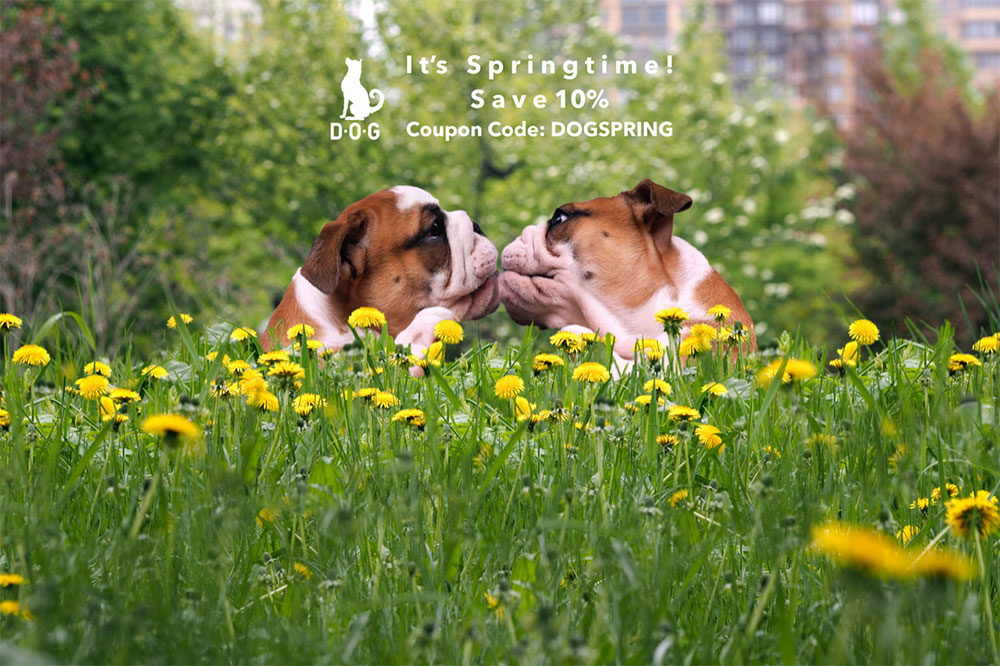
There has been a lot of well-meaning, albeit misguided information about pea protein and pet nutrition. Therefore, I am modifying an article I previously wrote, providing you – the pet parent – with updated research on the subject. I aim to clarify the health benefits of this little spherical legume.
Pea protein is almost a near perfect protein of essential amino acids. Besides being a plant-protein powerhouse, peas are low in calories and have a low glycemic index, thus not causing spikes in blood sugar and helping your animal maintain a healthy weight. Peas contain essential vitamins and minerals, along with being a great source of dietary fiber.[1] Many scientists consider peas functional food. Beyond their nutritional value, these foods can lower the possibility of disease. Peas, for example, can reduce bad cholesterol, which aids in heart health.[2] However, peas are lower in a few important amino acids, such as methionine, tryptophan, and valine. Therefore, other sources of these amino acids must be supplemented from other natural proteins (such as meat or eggs) to achieve a complete and balanced level to meet all of a pet’s nutritional needs. [3]
A significant concern about the use of pea protein is that it contains an excess amount of phytoestrogen (a chemical compound found in plants that have estrogenic characteristics) – this is a fallacy. Compared to other plant proteins (such as soy and other bean proteins,) peas are low in phytoestrogen.[4]
There have also been questions raised between the correlation of specific diets and dilated cardiomyopathy (DCM). However, a recent peer-reviewed article we brought to your attention in July and August of this year reported: “In a study conducted at the University of Illinois, in a controlled environment, dogs were fed 45% legumes or fed a diet primarily comprised of poultry byproduct. Interestingly, over the 90-d study, there was no significant difference when comparing plasma amino acids between groups (Reilly and de Godoy, 2019). Additionally, comparing the plasma and whole blood taurine concentrations between groups was not significantly different (Reilly and de Godoy, 2019). Therefore, since there was no change in taurine concentrations with dogs being fed a diet containing 45% legumes, legumes are more than likely not a cause of taurine-deficient DCM.”[5]
The one caveat I have with pea protein is for dogs who have kidney issues. Peas contain a natural compound known as purine. Although the purines in pea protein are considered moderate, they do produce uric acid, which can lead to further kidney issues.
D.O.G. dog food contains 70% real meat; 20% legumes; 10% vegetables and fruits. As a companion animal nutritionist, I strive to formulate dog food that provides ingredient transparency, balanced nutrition and promotes your pet’s health and longevity. The inclusion of dried peas and pea protein in your pet’s food provides a stable and viable plant protein coupled with excellent nutritional benefits to maximize your dog’s health.
One final word about peas: Often, we forget the effect farming can have on the planet. The growth of peas has minimal impact on the environment. Furthermore, this humble legume can harness nitrogen from the atmosphere, creating natural fertilizer, and improving soil conditions for future replanting of rotated crops.[6]
I am always available for pet nutrition questions via the ASK DR. JOHNSON portal on the D.O.G. website: https://www.doonlygoodpetfood.com/. I look forward to hearing from you.
[1] Nadathur, Sudarshan R., Janitha P. D. Wanasundara, and Laurie Scanlin. “Chapter 9 – Pea: A Sustainable Vegetable Protein Crop.” Essay. In Sustainable Protein Sources, 145–64. London: Academic Press is an imprint of Elsevier, 2017.
[2] Lu ZX, He JF, Zhang YC, Bing DJ. Composition, physicochemical properties of pea protein and its application in functional foods. Crit Rev Food Sci Nutr. 2020;60(15):2593-2605. doi: 10.1080/10408398.2019.1651248. Epub 2019 Aug 20. PMID: 31429319.
[3] Lauren M Reilly, Patrick C von Schaumburg, Jolene M Hoke, Gary M Davenport, Pamela L Utterback, Carl M Parsons, Maria R C de Godoy, Macronutrient composition, true metabolizable energy and amino acid digestibility, and indispensable amino acid scoring of pulse ingredients for use in canine and feline diets, Journal of Animal Science, Volume 98, Issue 6, June 2020, skaa149, https://doi.org/10.1093/jas/skaa149
[4] “What is Pea Protein and Estrogen / Oestrogen / Phytoestrogen?,” BRIGHT AROUND THE CORNER, January 19, 2020, https://www.brightaroundthecorner.com/diet/pea-protein-estrogen-oestrogen-phytoestrogen/
[5] Sydney R McCauley, Stephanie D Clark, Bradley W Quest, Renee M Streeter, Eva M Oxford, Review of canine dilated cardiomyopathy in the wake of diet-associated concerns, Journal of Animal Science, Volume 98, Issue 6, June 2020, skaa155, https://doi.org/10.1093/jas/skaa155
[6] Roquette. “Article: The Pea for Sustainable Feed – Article.” Roquette. Roquette. Accessed October 9, 2020. https://www.roquette.com/media-center/resources/article-feed-pea-for-sustainable-feed.


